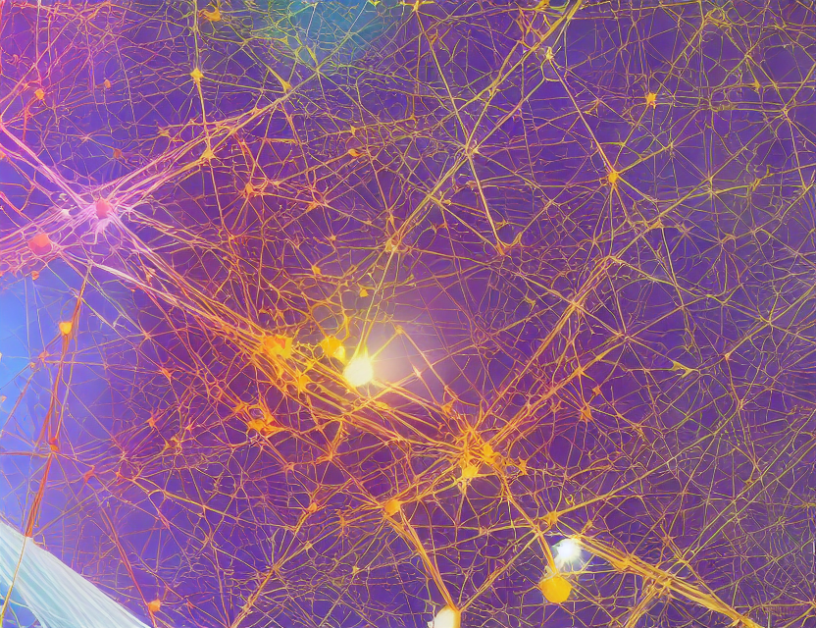Image encryption is a crucial aspect of secure communication, as it protects sensitive information from unauthorized access. The article proposes an innovative approach to image encryption using logistic chaos, which offers several advantages over existing methods. By exploiting the properties of logistic maps, the proposed scheme achieves high-security levels while maintaining reasonable computational complexity.
Section 7: Key Space and Key Sensitivity Analysis
The key space for a logistic chaotic map is theoretically infinite, but in practice, it’s limited by the computer’s precision used to implement the algorithm. The proposed scheme uses 64-bit floating-point numbers, which provides approximately 1.8 x 10^19 possible values for the key space.
Section 6: Execution Time Complexity
The time complexity of the proposed encryption and decryption schemes is evaluated in Table 4. The results show that the encryption time is relatively high compared to decryption, but the difference decreases as the image size increases.
Section 6.6: Differential Attack Analysis
To analyze the resistance of the proposed scheme against differential attacks, the authors consider a scenario where Alice and Bob compare their measurement outcomes for each pair of singlet particles. If their basis choices match, they use the corresponding measurement outcomes to form a key. Otherwise, the data from that trial is discarded. This process ensures that any correlations between Alice and Bob’s measurements can be exploited to extract the shared secret key.
Key Extraction: To correlate their measurement results, Alice and Bob apply a predetermined rule based on the measured bases. From this correlation, they extract a shared key, which is a string of bits that can be used for secure communication.
In conclusion, the proposed scheme offers an effective solution to secure image encryption while maintaining reasonable computational complexity. By exploiting the properties of logistic maps, it provides high-security levels and is resistant to differential attacks. The proposed method has numerous applications in various fields, including healthcare, finance, and cybersecurity.



